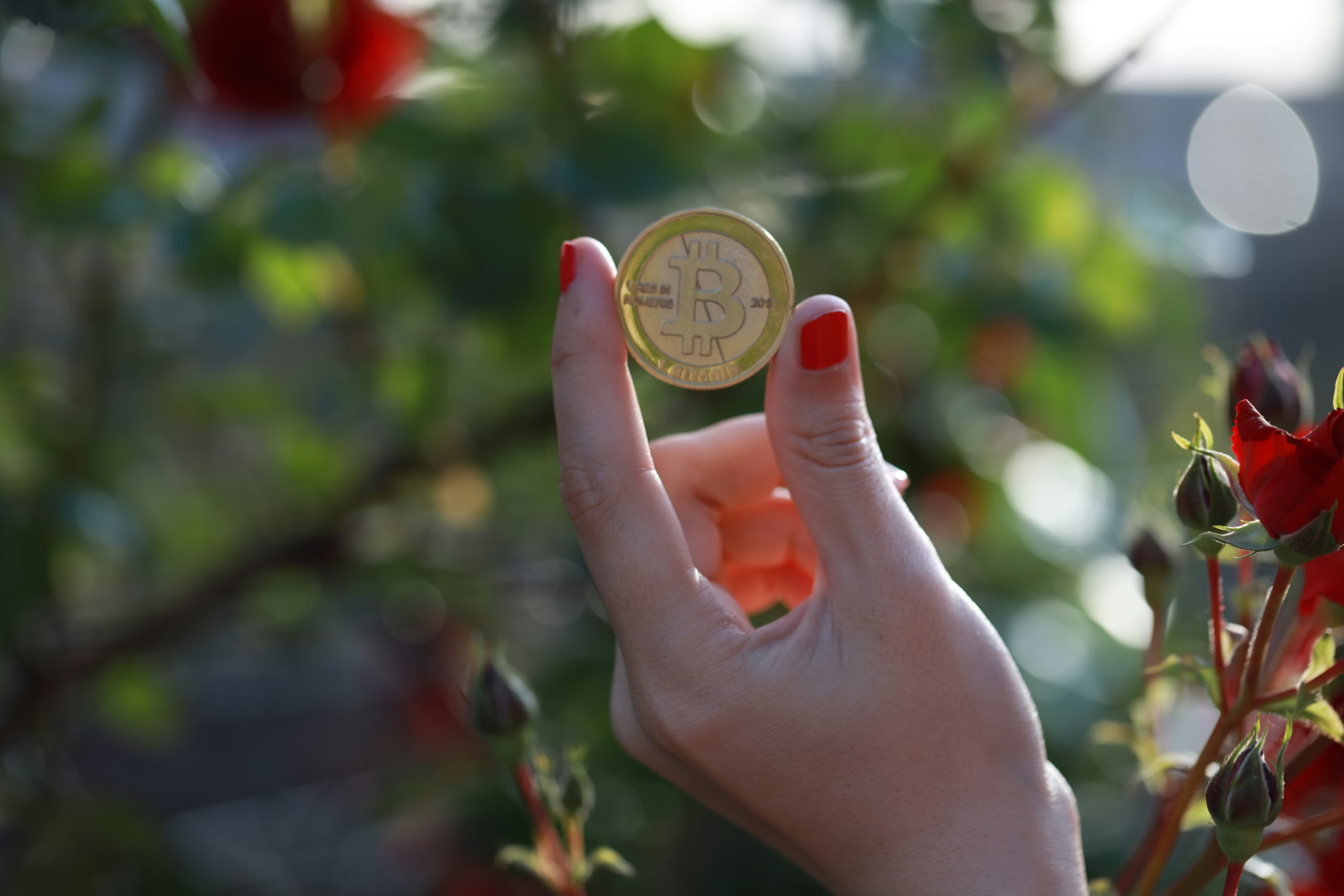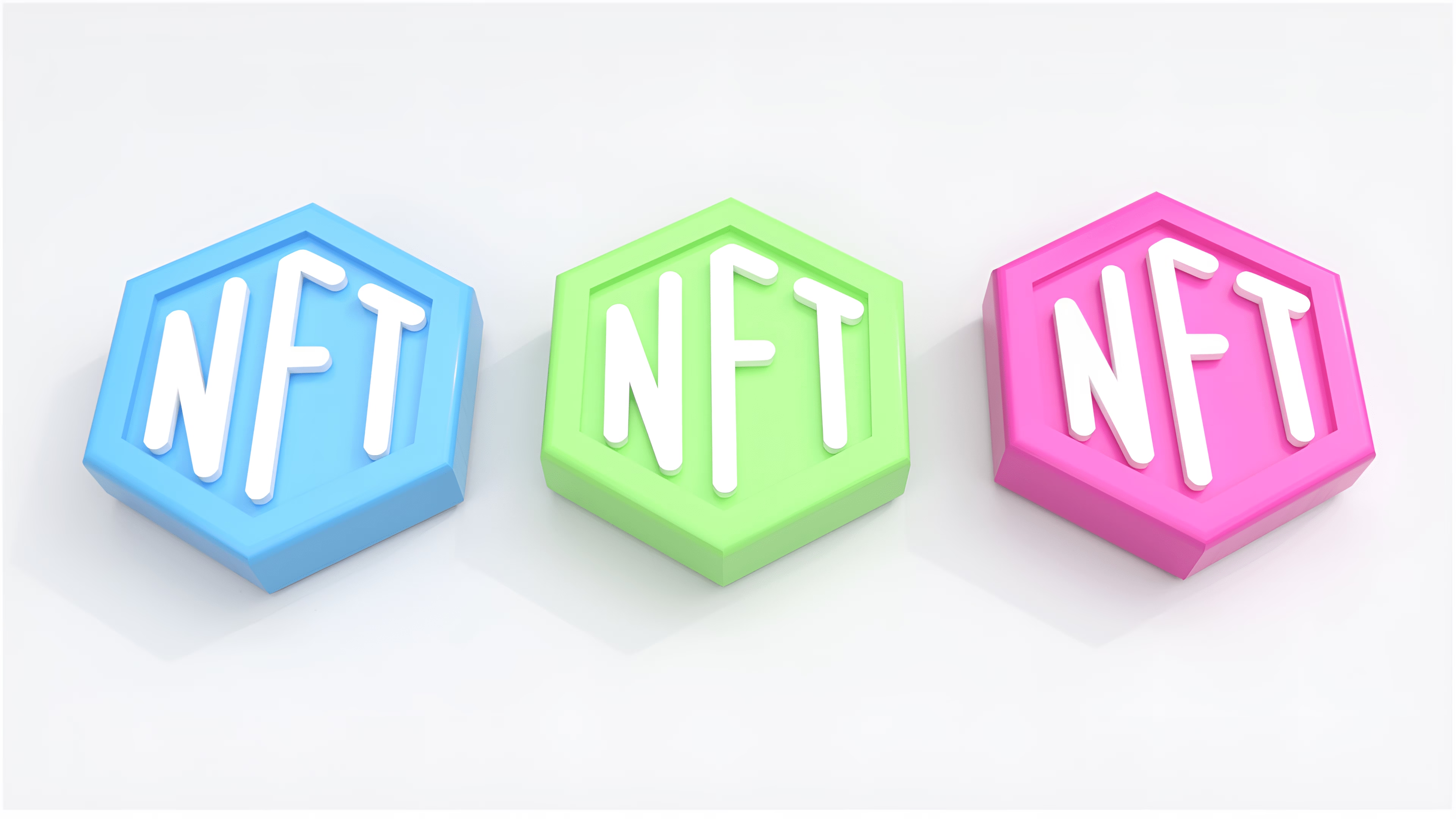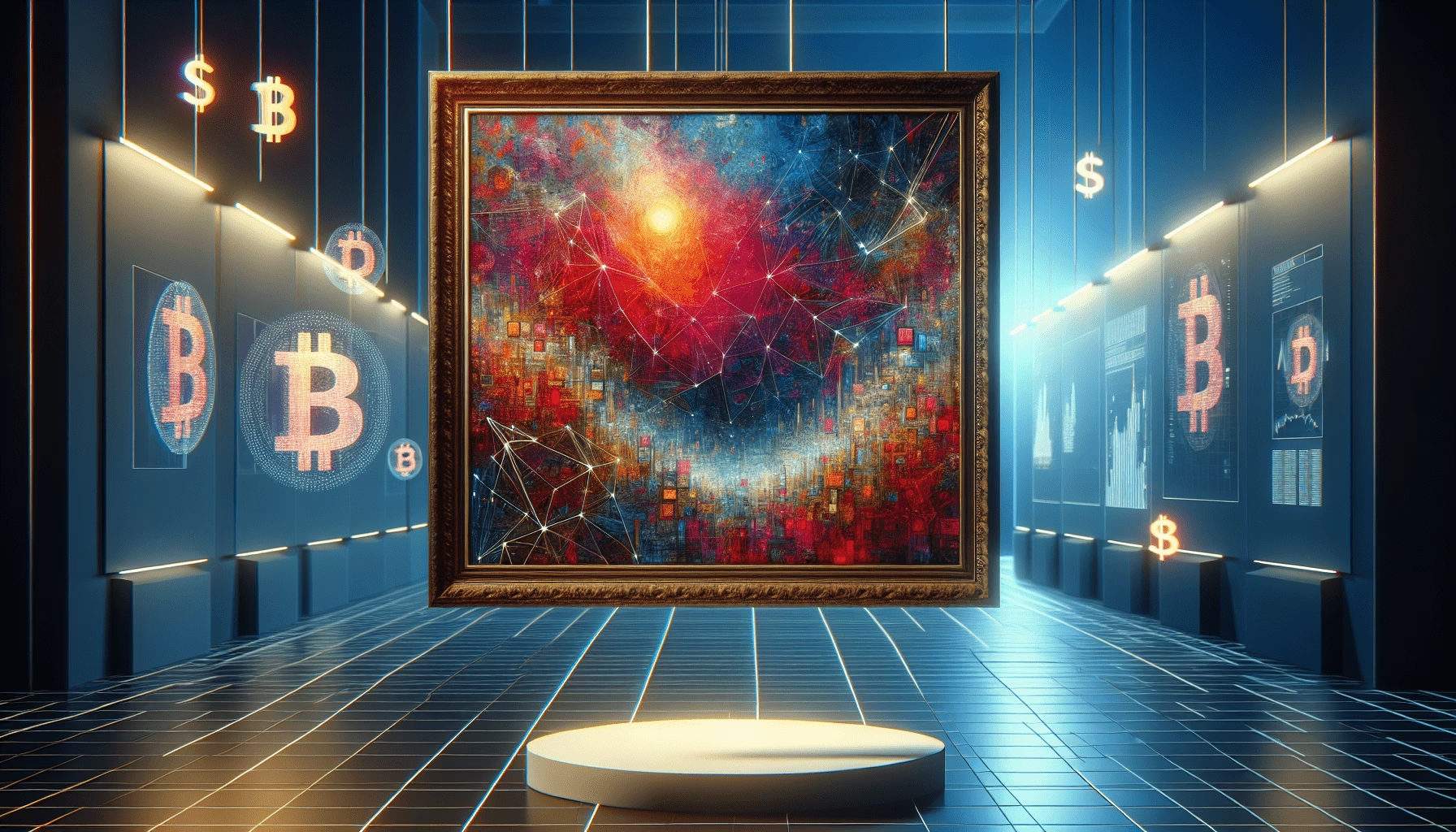Have you ever wondered what makes one piece of NFT artwork valued at just a few dollars while another commands millions? As the digital art landscape expands, non-fungible tokens (NFTs) have emerged as a revolutionary medium, transforming how we perceive and invest in digital art. With such a dynamic market, it’s essential to understand the key criteria and insights for judging NFT artwork value accurately.

Table of Contents
Understanding NFTs and Their Emergence
To delve into the value of NFT artwork, it’s important to first grasp what NFTs are. Non-fungible tokens are unique digital assets verified using blockchain technology. Unlike cryptocurrencies such as Bitcoin or Ethereum, which are fungible and can be exchanged for one another, NFTs have individual characteristics that make each token distinct. They can represent anything from digital art and music to video clips and virtual real estate.
The Rise of NFTs
NFTs gained mainstream attention in early 2021, marking a significant shift in the art industry. Artists, collectors, and investors were drawn to the new-found financial opportunities and the ability to claim rightful ownership of digital assets. The history of NFTs can be traced back to early blockchain experiments, such as Ethereum’s ERC-721 standard, which enabled the creation of non-fungible tokens. As digital ownership and provenance became more important, the market for NFT art began to flourish.

Key Criteria for Judging NFT Artwork Value
Evaluating NFT artwork value might seem elusive, given its digital and often intangible nature. However, several critical factors can guide you to make informed judgments.
1. Artist Reputation
The artist’s reputation plays a significant role in the perceived value of NFT art. Artists with established careers, strong followings, or unique styles tend to create NFTs that are sought after. Collectors may pay a premium for works by artists who consistently achieve high sales, both in traditional and digital art markets.
Consider the cases of Beeple or Trevor Jones, whose reputations led to groundbreaking NFT sales. Their previous successes and the anticipation surrounding their work contribute significantly to their NFT value.
2. Provenance and Scarcity
Provenance—confirming authenticity and history—is crucial for valuing NFTs. A comprehensive record of an NFT’s creation and ownership history can enhance its worth. Blockchain technology significantly aids in this by offering immutable records of transactions.
Scarcity also enhances value, reflected in limited edition releases or distinct series. Unlike mass-produced digital content, a limited number of copies can drive demand, increasing the artwork’s price.
3. Community and Utility
Active and engaged communities around an NFT or its creator can boost its value. Some NFTs provide additional functionalities, known as utilities, such as access to exclusive content, experiences, or even revenue-sharing models. These added benefits can make an NFT more attractive, influencing its market price.
4. Market Demand and Trends
Market demand, often driven by the latest trends, heavily influences NFT values. Being attuned to what is popular or gaining traction in the digital art market can give insights into what might become increasingly valuable. Trends like generative art, gamification of NFTs, or crossover collaborations with traditional artists often propel particular NFTs to higher valuations.
5. Visual and Aesthetic Appeal
Artwork, even in digital form, must appeal to the senses. A well-executed piece that resonates aesthetically or emotionally will likely fetch a higher price. Evaluating the technical skills, creativity, and originality involved can provide a sense of the artwork’s potential value.

Marketplaces and Their Role
NFT marketplaces serve as essential platforms facilitating the creation, sale, and exchange of NFTs. Each marketplace, such as OpenSea, Rarible, or Foundation, offers unique features that influence NFT valuations.
Reputation and Features of NFT Marketplaces
Some marketplaces are known for specific types of NFTs, like digital art, collectibles, or gaming assets. A marketplace’s reputation for curating high-quality NFTs can influence how your NFT will be perceived.
Additionally, features like bidding options, auction functionalities, and community involvement can affect an artwork’s visibility and price.
Fees and Accessibility
Understanding the fee structure of a platform is crucial. Transaction and minting fees, sometimes referred to as “gas fees” on blockchain networks like Ethereum, can impact the profitability of NFT transactions. Platforms with lower fees might make an NFT more accessible to a wider audience, potentially increasing its value.
Security and Reliability
Ensuring a secure platform cannot be overstated. Security breaches can severely affect market trust and individual transactions. A proven track record of reliability can add to the perceived value of an NFT listed on a particular marketplace.

Case Studies: Real-World Success Stories
Examining successful NFT sales can provide practical insights into the evaluated criteria and market trends.
Case Study 1: Beeple’s “Everydays: The First 5000 Days”
Beeple, real name Mike Winkelmann, captured headlines with his record sale of “Everydays: The First 5000 Days” via Christie’s auction house. The piece, a collage of 5,000 individual digital artworks, sold for $69.3 million, primarily due to Beeple’s established reputation, the artwork’s complexity, and the buzz it generated.
Case Study 2: CryptoPunks
CryptoPunks are among the earliest examples of NFTs on the Ethereum blockchain. As one of the first NFT projects, these 10,000 uniquely generated characters became symbols of the crypto art movement, showcasing the importance of historical significance and scarcity in determining value.
Conclusion: Navigating the NFT Art World
Judging the value of NFT artworks requires understanding multifaceted criteria—from artist reputation to market trends. While the digital art landscape continues to evolve rapidly, staying informed about influential factors will enable you to make confident and profitable decisions within the NFT sphere. By examining well-documented examples and analyzing core components, such as scarcity, community, and provenance, you can better navigate this exciting yet complex space. The journey through NFT art demands continuous learning, adaptability, and an appreciation for both the art form itself and the technology powering it.


